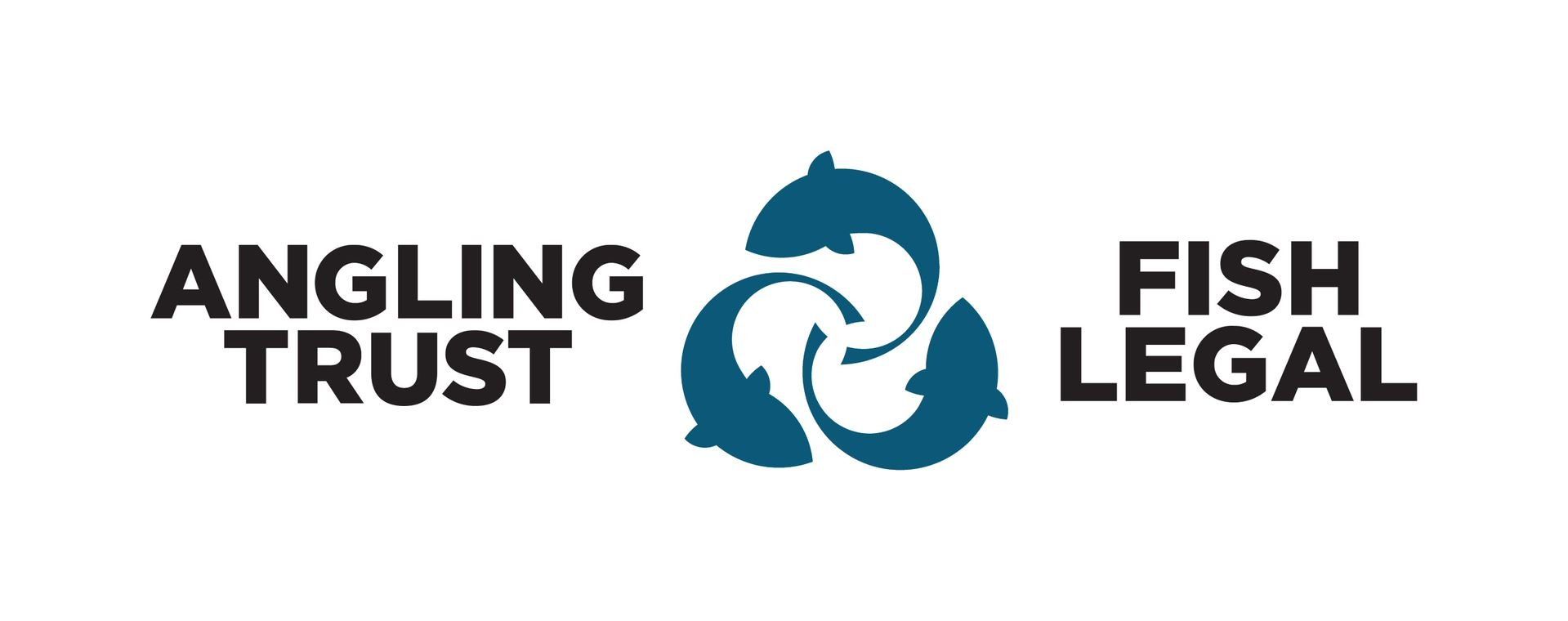Three Unusual Dry Flies for Grayling
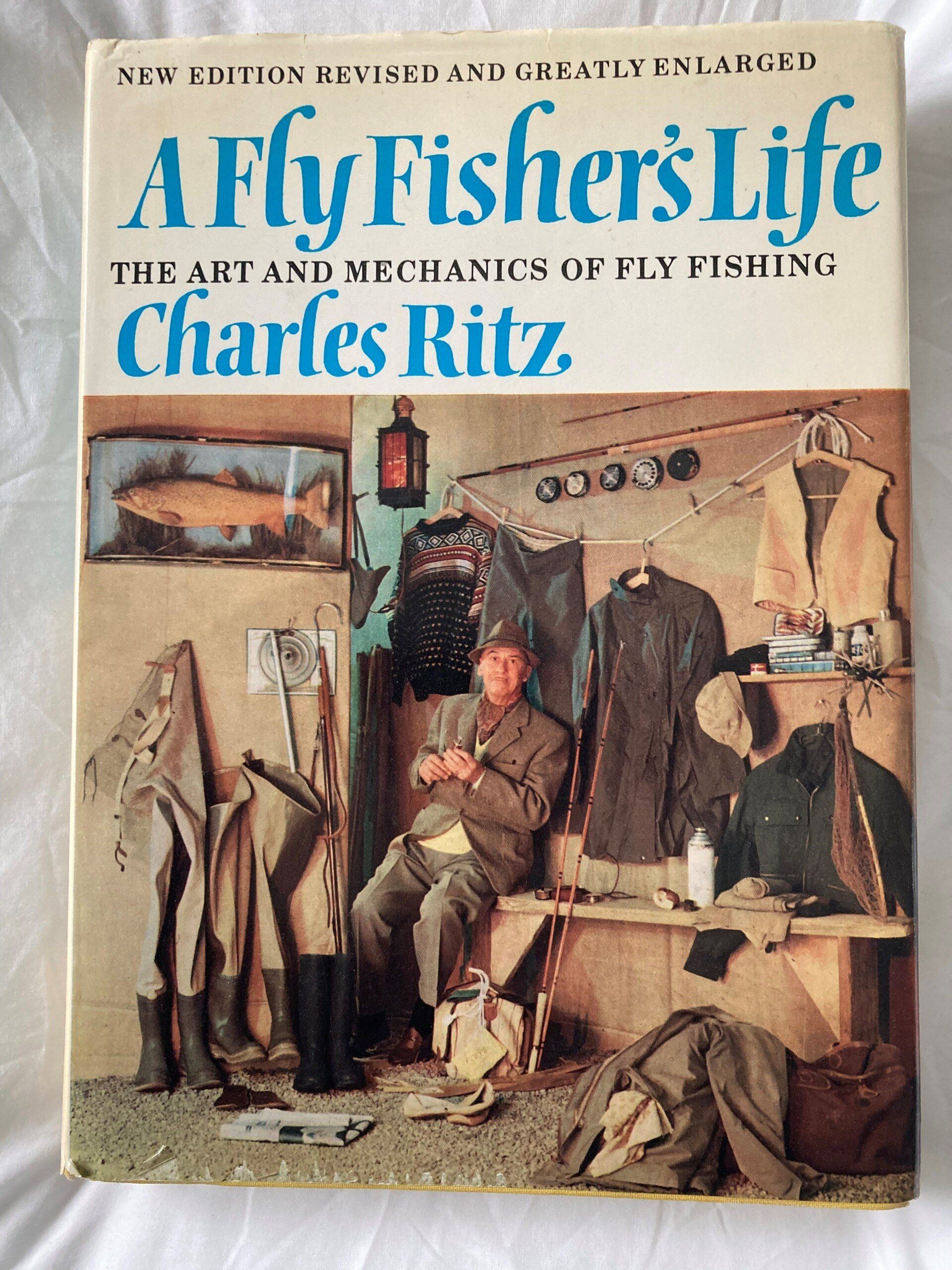
Last summer I discovered, in a second-hand book shop, a copy of A Flyfisher’s Life by Charles Ritz. It was a book that I had on almost permanent loan from the local library as a boy in the 1960s. Among other things, it reminded me of some flies that Ritz had recommended for grayling.
Separately, I found a book by the American guide and writer, Ed Engle, Fishing and Tying Small Flies. I decided to experiment with a few of the suggested patterns.
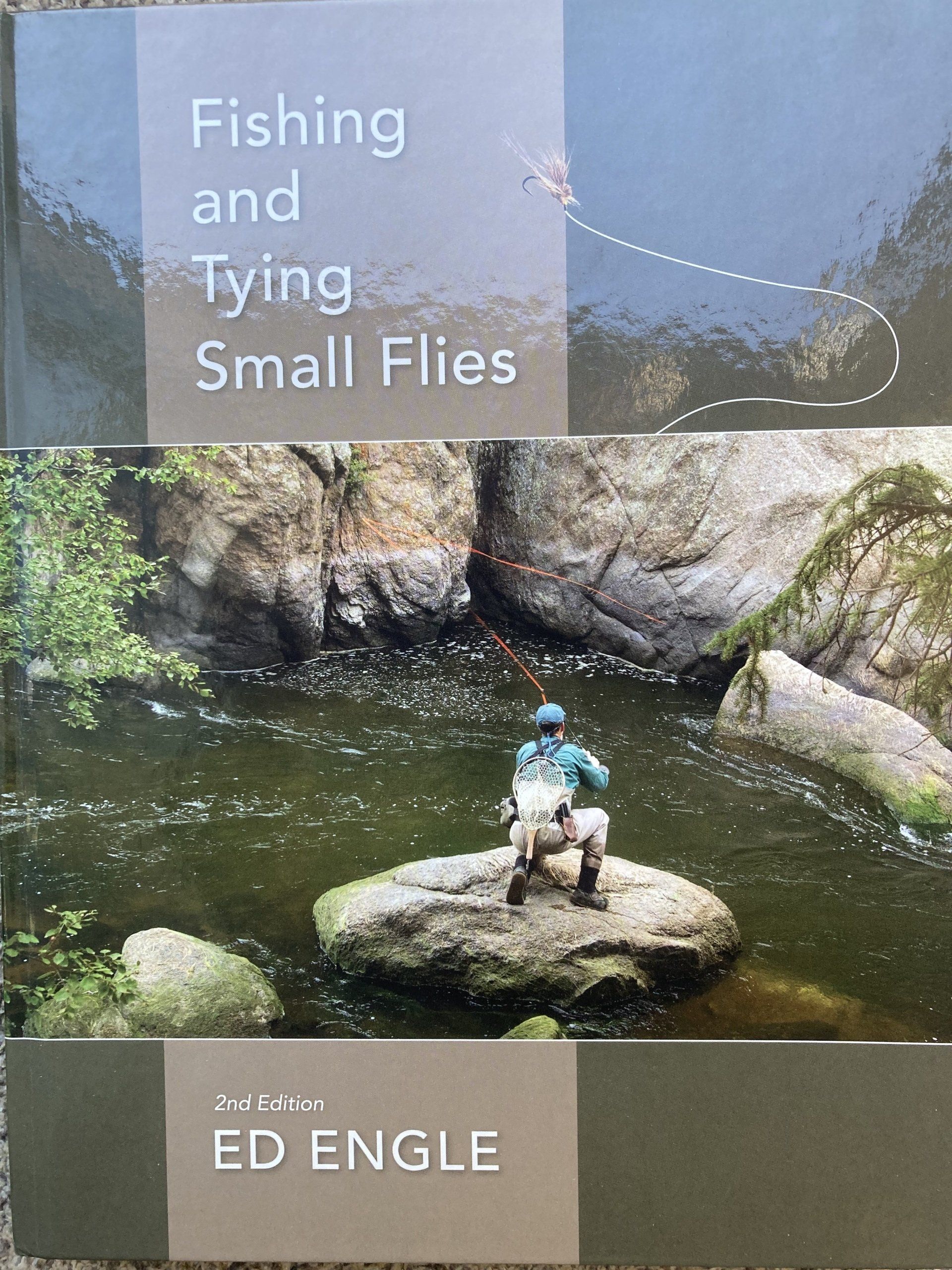
From the Ritz book, I took the Gloire de Neublans and the Pont d’Audemers, and, from the Engle book, the Taka’s Dun. I have now tried all three and proved that they catch fish, at least on southern chalk streams. All have the advantages of being fairly easy to tie and highly visible on the water. The patterns are as follows:
Gloire de Neublans
This fly resembles the Beacon Beige, which is becoming popular on some southern chalk streams.
Hook: 14 – 18 (or 20)
Tail: White cock hackle fibres
Body: Brown tying thread (or brown dubbing applied very lightly)
Hackle: Plain white or silver badger cock.
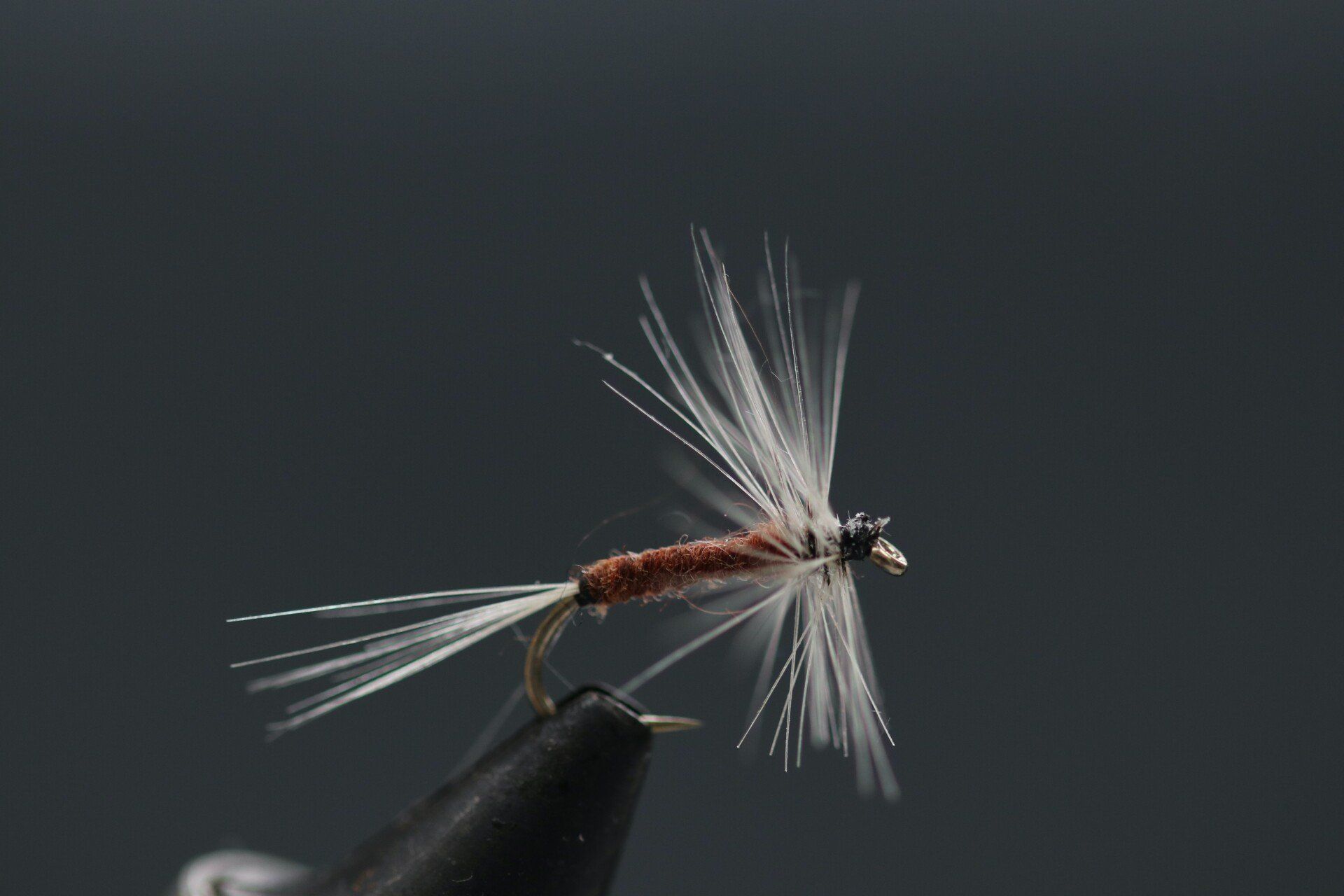
Pont d’Audemers
This pattern originated in England as the Mole Fly (from the River Mole). It is intended to sit on the hackle collar, resting on the surface film, with the body submerged, hanging vertically below the hackle and the forward-facing wing sticking up like a small indicator.
Hook: 12 - 16
Body: The original called for natural raffia. I use yellow floss.
Rib: Peacock herl
Hackle: Furnace cock
Wing: The original called for fibres of summer duck or mallard flank. I use a 50/50 mix of grey and yellow poly yarn. The wing is tied facing forward over the eye of the hook at a 45-degree angle.
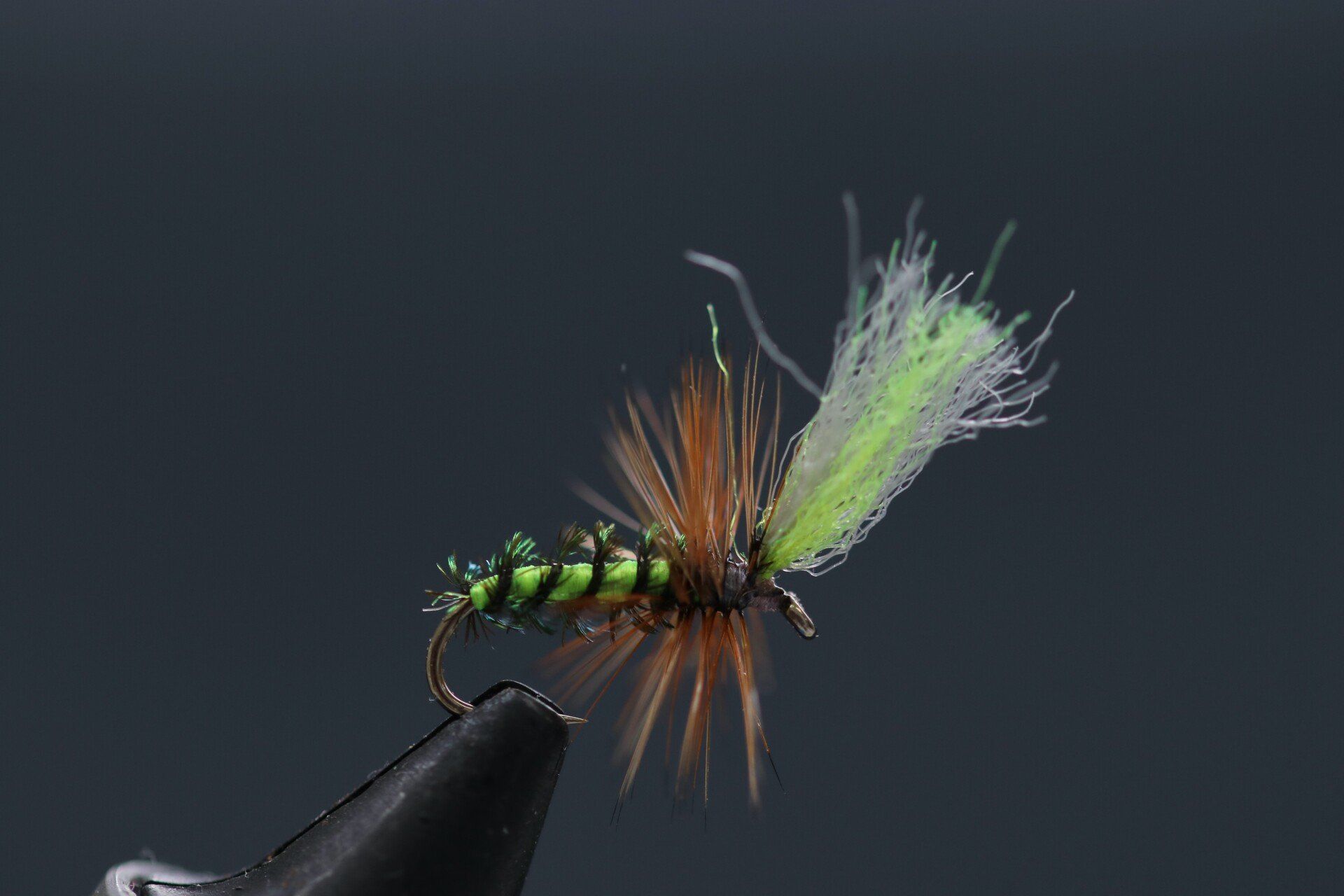
Taka’s Dun
This was originally tied by a client of Ed Engle’s guiding service, Takanaka Suzuki. It has now become one of my go-to “prospecting” flies.
Hook: 16 - 22
Tail: White or light blue dun hackle fibres
Body: Grey tying silk
Thorax: (only on size 18 or larger) a small pinch of grey dubbing (I use Adams Grey kapok from Semperfli)
Wing post: The original dressing calls for orange poly yarn to maximise visibility on the water. I also use grey, pink or yellow poly yarn – or a 50/50 mix of pink and grey – to cater for various light conditions. Plain grey works better for spooky fish.
Hackle: Blue dun cock, started behind the wing post and wound forward to the head. Trimmed flat at the bottom in line with the hook point.
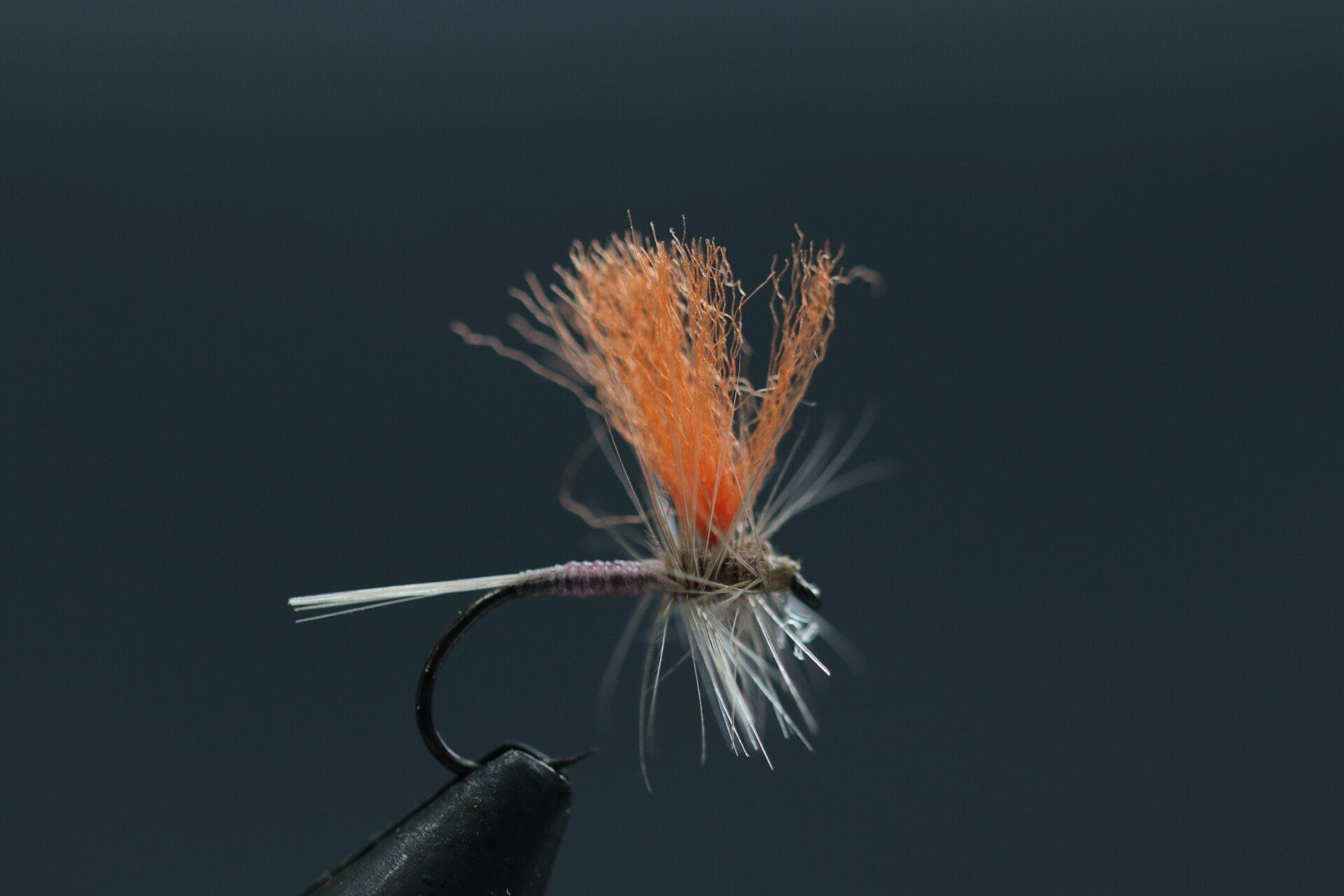
Editor’s Note: These look like excellent patterns, and we would be pleased to hear back from any Members that try them out on their local waters. Tight lines!
